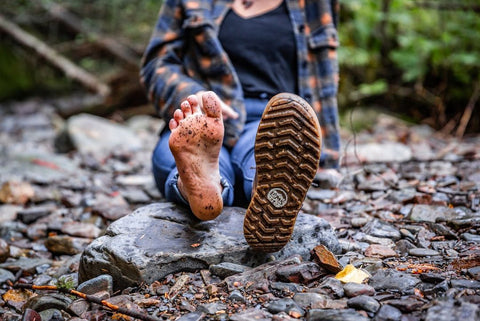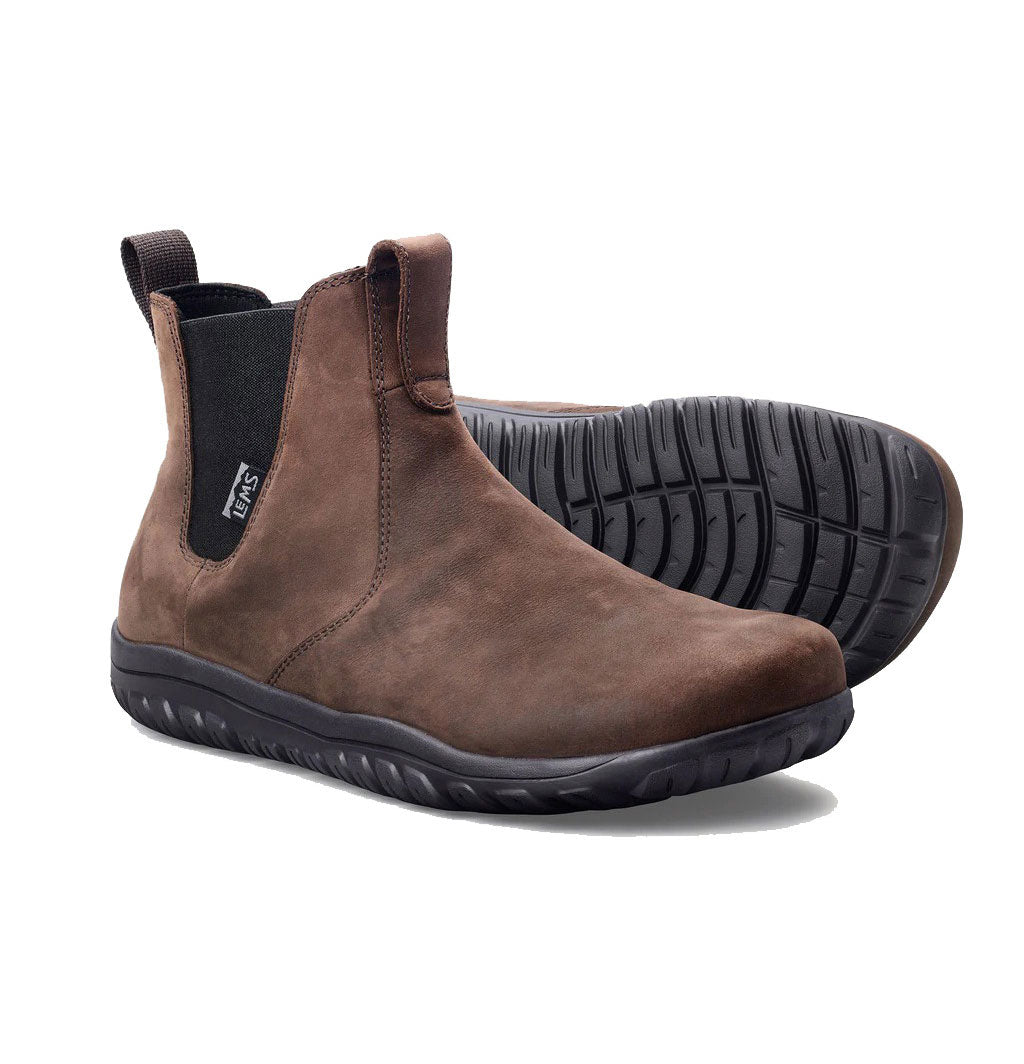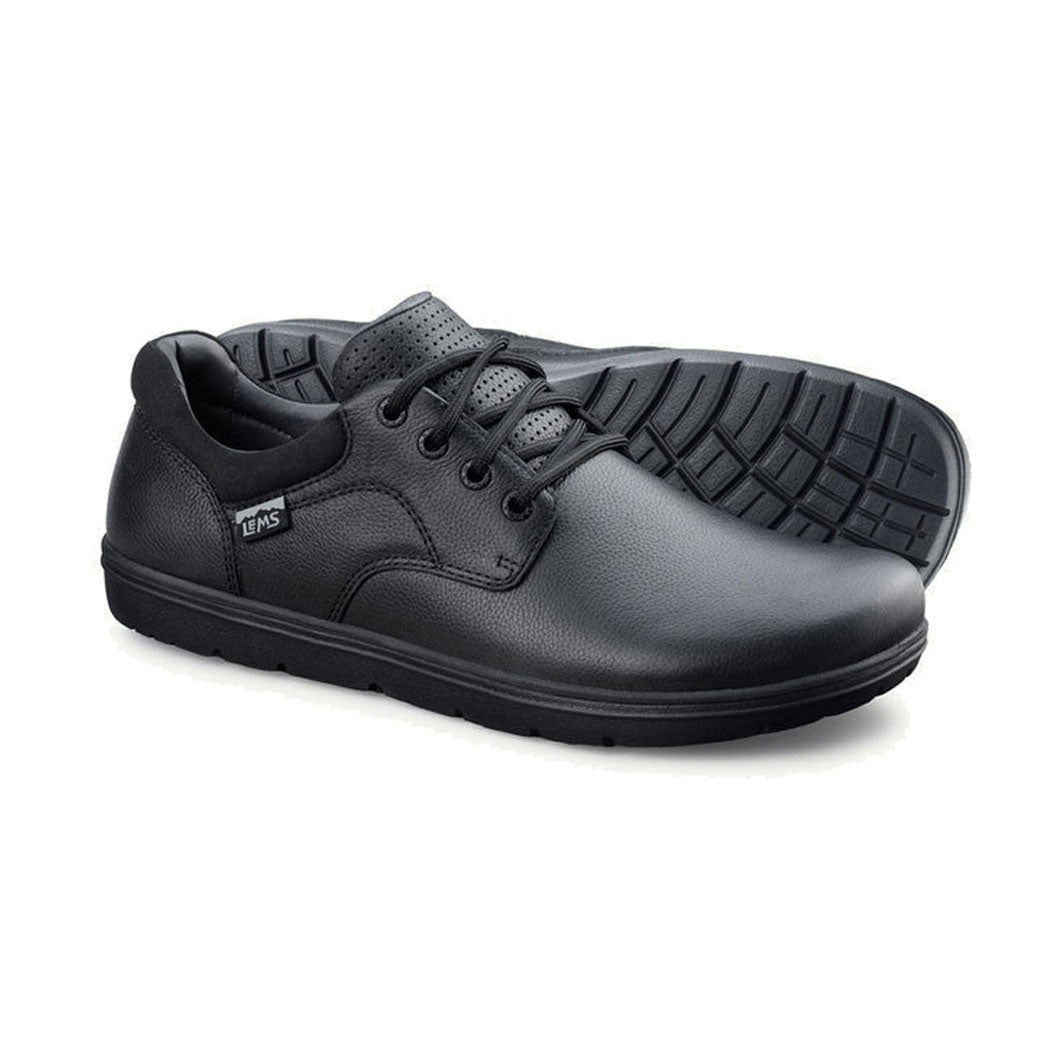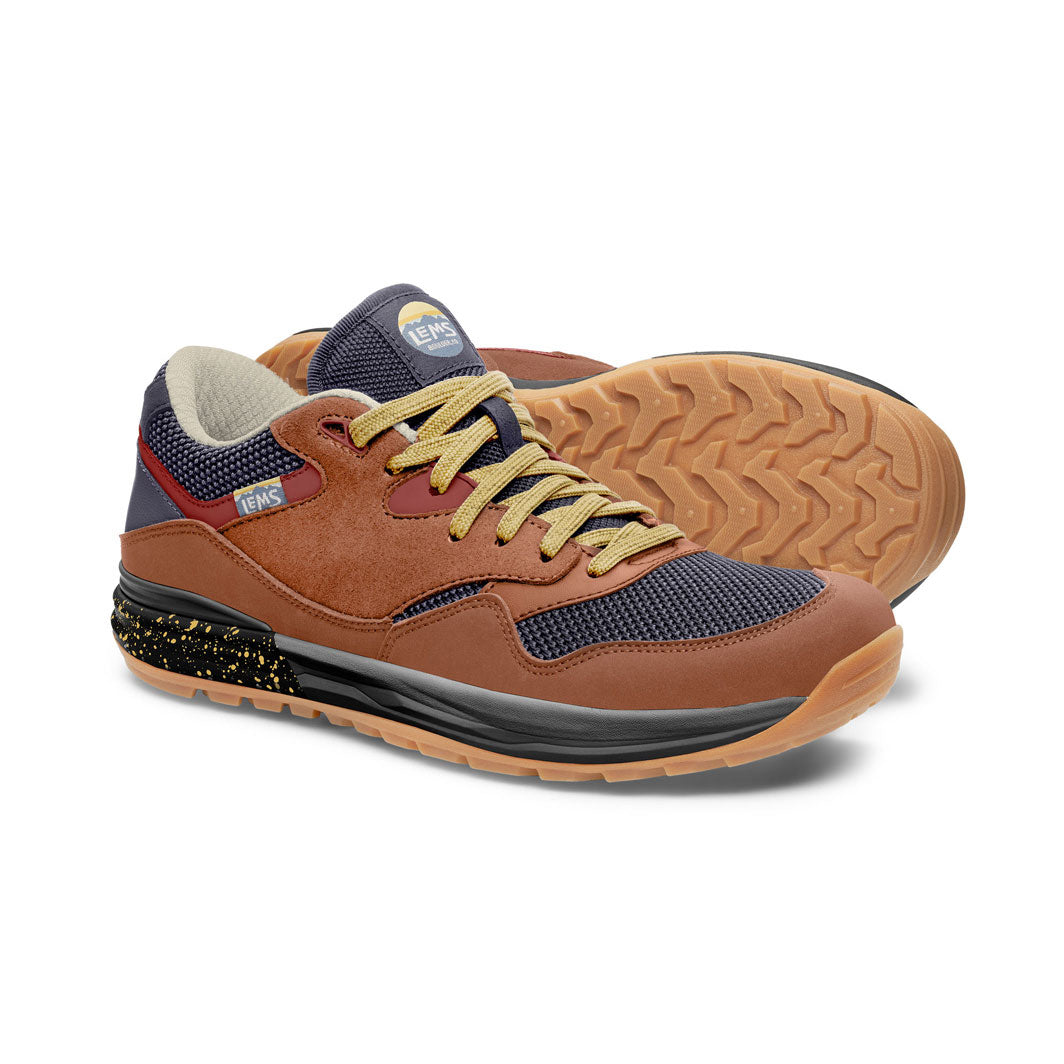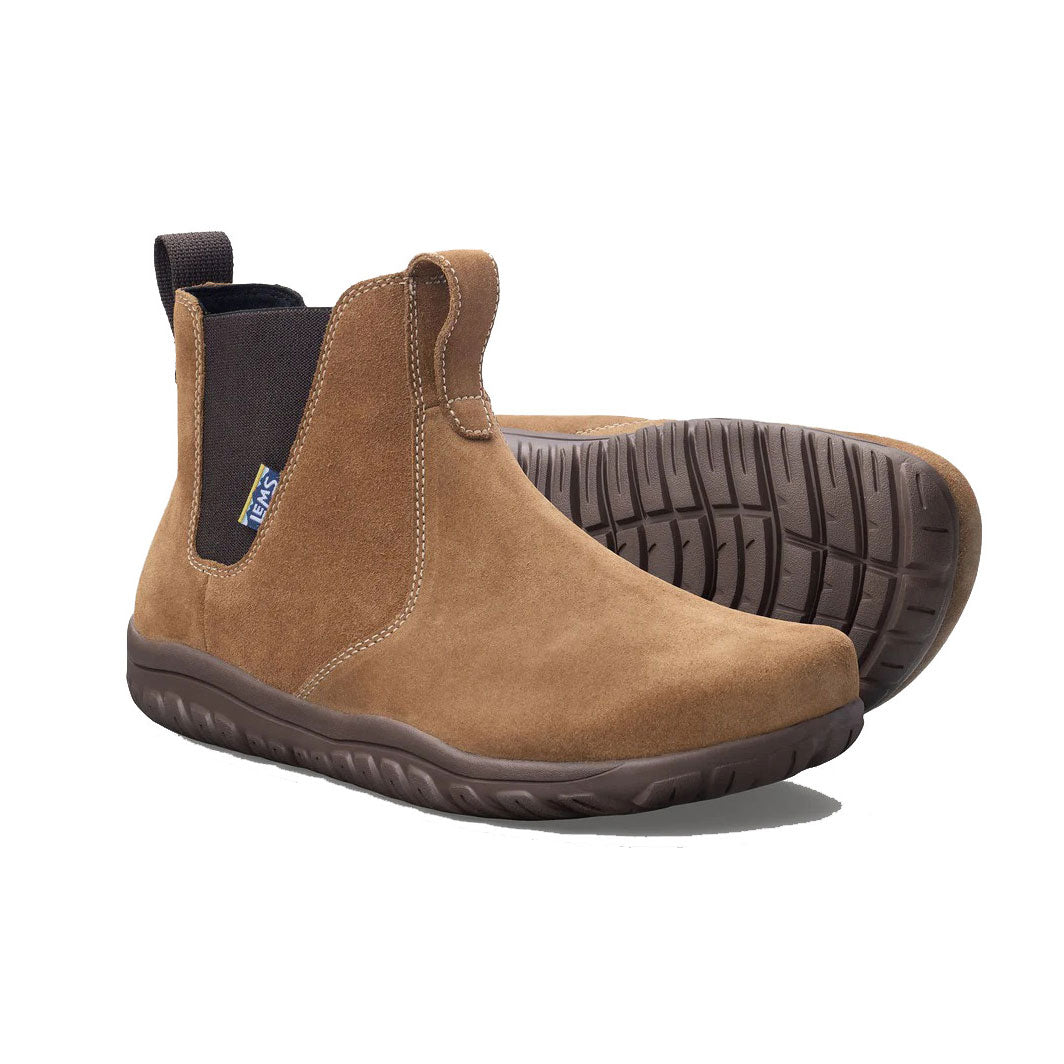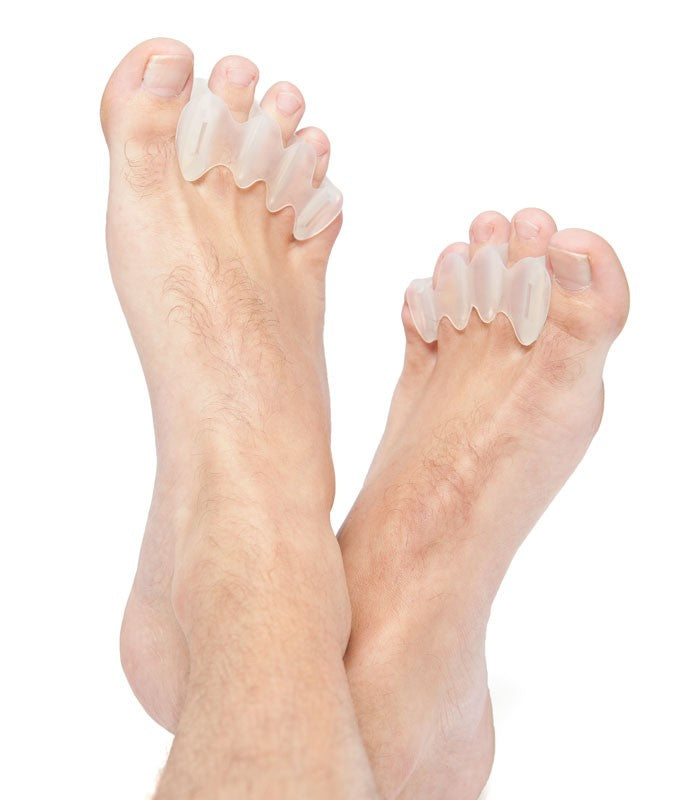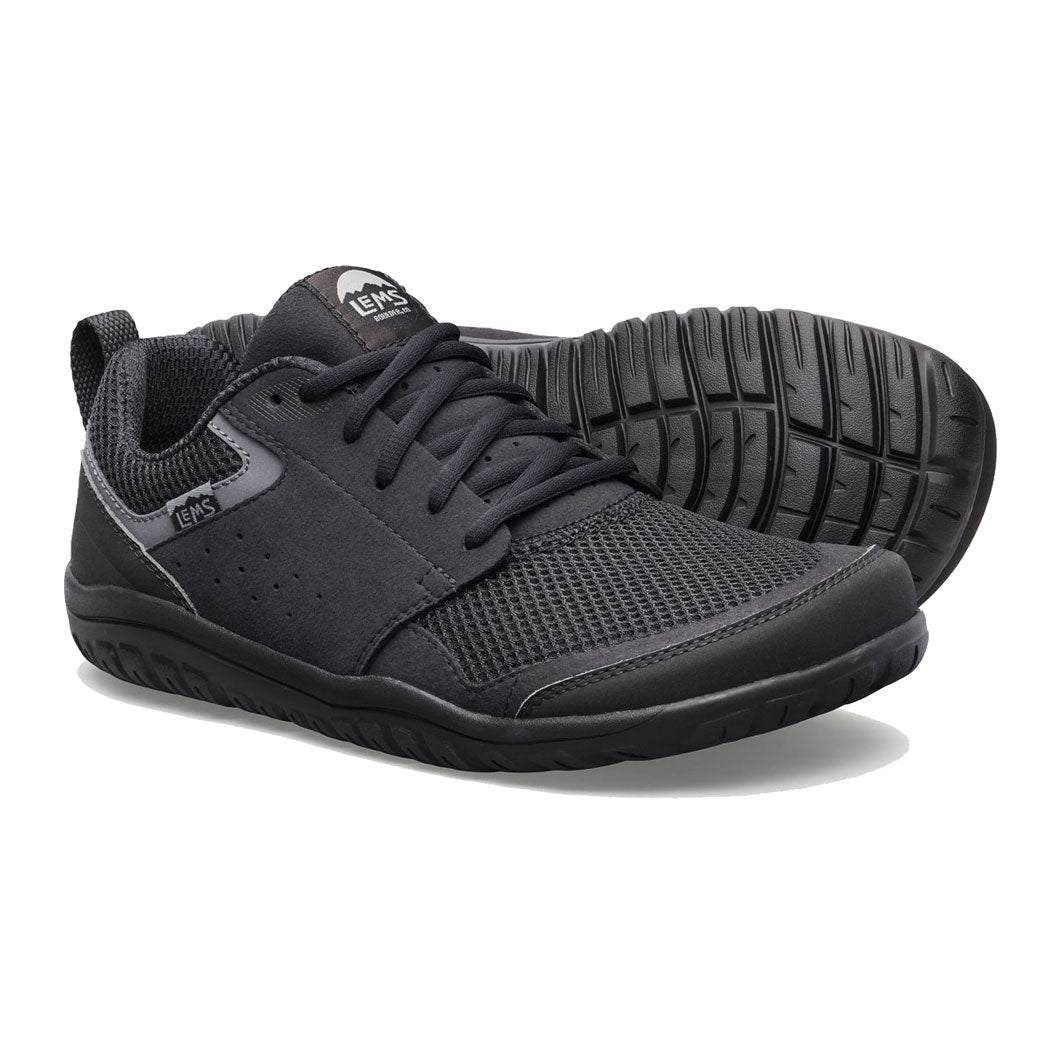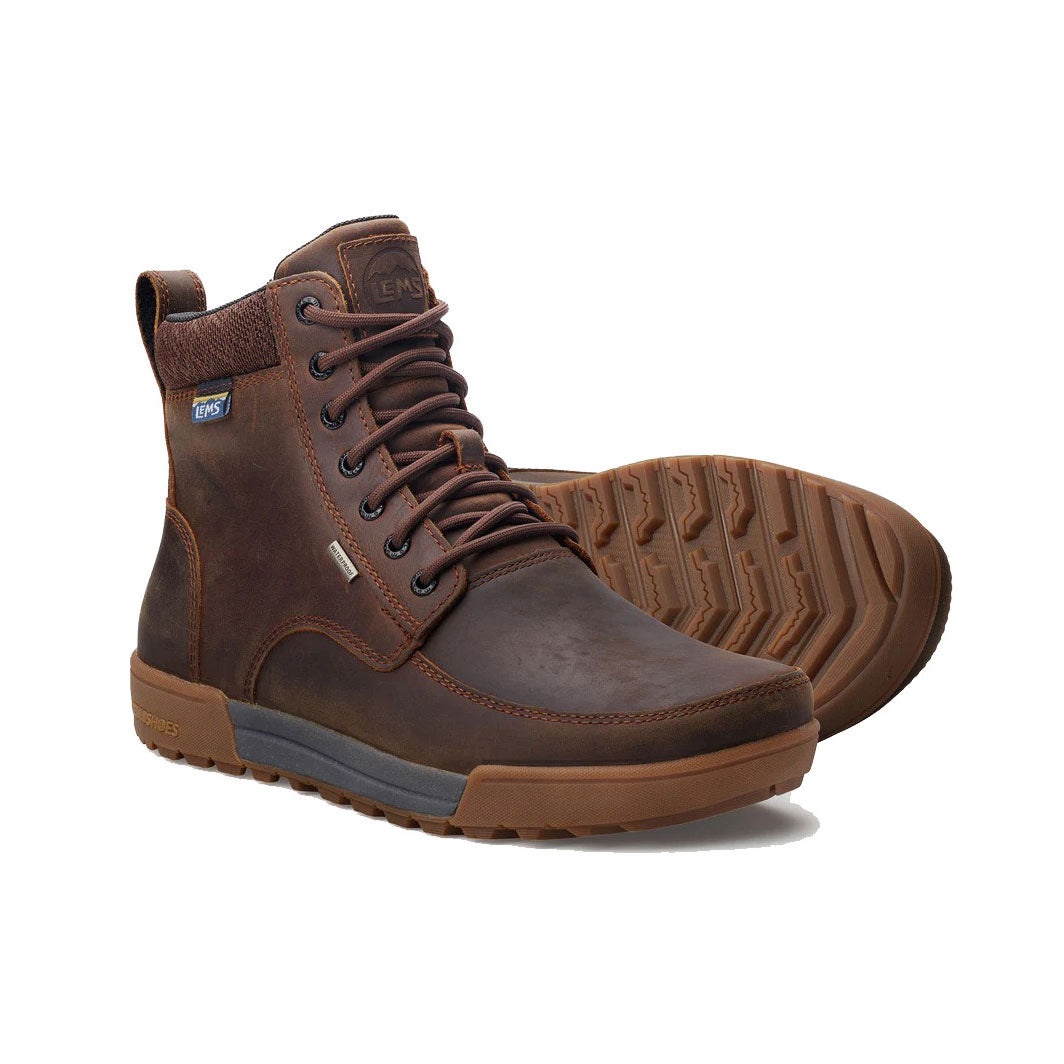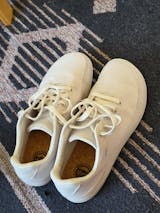‘Andrew Rademacher’, the founder of Lems Shoes, first started his quest to find a pair of shoes that fit the natural shape of the foot back in 2008. Sadly, he couldn’t find what he was looking for, but wasn’t ready to give in to problematic traditional footwear either.
From there, he turned his attention to a pair of his favourite running shoes and, upon studying every last detail of it, he created a barebone structure with just the essentials that were required. He went on to learn all there is to know about shoemaking and, keeping the ultimate goal of creating healthy footwear at the forefront, he designed a pair of shoes that would revolutionise the shoe market. That’s how the idea of Lems Shoes was born.
Why Switch to Barefoot Shoes in the First Place?
Because traditional shoe designs are fundamentally flawed, one needs to make a conscientious effort to find shoes that are designed to work with the body, rather than against it.
With a pair of barefoot shoes, also known as natural or minimalist footwear, foot freedom is a given thanks to the shoes having a wider toe area, and a flexible sole for unrestricted movement. Basically speaking, barefoot shoe brands like Lems Shoes allow our feet to function as if they were bare! In fact, wearing natural footwear and exercising the feet are two foolproof ways of preventing or fighting against foot ailments and dysfunction.
However, Andrew continues to strive to stay true to the company’s vision inspiring barefoot enthusiasts to this day. With over eleven years in the barefoot shoes industry, you can't go wrong with a pair of Lems.
The Importance of Transitioning to Barefoot/Minimalist Footwear
When making a transition to anything new, it’s always best to start gradually. Particularly when it comes to switching to barefoot shoes, one of the main reasons why taking things slow is important is because a lot of people who don’t follow a guided process, end up with more foot problems or increased foot pain.
When transitioning to minimalist footwear, start by wearing the shoes at home for half an hour a day (or lesser, depending on your level of comfort), and gradually increase the wear time as your lower leg muscles and feet adapt to the changes. For those of you who run or hike often, consider dialing down on the mileage for the first week or so. Listen to your body and allow your foot and leg muscles to become stronger before you consider wearing barefoot shoes for longer periods of time.
Here are some of the most important benefits of wearing minimalist shoes, and why you should consider transitioning to these healthy alternatives sooner, rather than later:
- Improves posture and balance: Barefoot shoes have wide toe boxes which allow you to spread your toes, thereby increasing your balance. This, in turn, enables you to stand taller and in an upright posture with correct alignment.
- Strengthens your feet and legs: Modern running shoes come with comfort and cushioning which actually cause harm in the long run. By stripping away the extra padding, our muscles, ligaments and tendons become more active, thereby improving our overall foot health.
- Protects against plantar fasciitis: This is a common foot problem that can be avoided by developing a better running/walking technique. With this kind of footwear, that’s easily achievable.
- Total freedom of movement: Since there is minimal cushioning in barefoot shoes or retaining of the feet in an artificial position, the feet have complete mobility and liberty to move freely.
- Encourages connection with your surroundings: By increasing mobility in the feet, our nervous system is activated thanks to the 7,000+ nerve endings present in the feet. This also helps in reducing stress and anxiety levels
- Changes/corrects your gait: Barefoot shoes encourage strides that are shorter and more compact; they align better with your center of gravity and, in turn, put less pressure on your ankles, knees, and hip joints.
- Minimalist shoes are lighter: When compared to traditional running shoes, natural footwear is lighter by several ounces which means you use less muscle power with every stride you take.
- Eliminates constant heel-striking: A lower heel to toe drop encourages landing on the midfoot or the forefoot rather than the heel which is generally considered a high impact stride.
What Makes Lems Shoes a Great Option for Beginners to Barefoot Shoes
Lems Shoes is a great start for anyone getting into the world of barefoot shoes, especially if they have become dependent on cushioned shoes. You get the benefit of traditional barefoot shoes which have wide toe boxes, zero-low drop height, and the option to add insoles with arch support that is cut to the shape of the shoes you choose. All of this makes transitioning to barefoot shoes safer, and a more gradual process.
Lems has a variety of shoes for hiking, exercise, casual wear, and work for both men and women. They create footwear that’s designed with comfort and form foremost in mind. At the core, the focus is on keeping your feet healthy and happy with every step you take.
Another thing to note for beginners who are comparing shoe brands for their transitioning phase is that Lems Shoes prioritises quality while using the bare minimum to design their products. This allows a user to wear a pair of shoes and feel like they were wearing nothing at all!
5 Recommended Lems Shoes for Transitioning to Minimalist Footwear
Before you decide on a pair of Lems Shoes, keep in mind that the products come with unisex sizing. Also, make sure to read the product specifications as not all Lems Shoes are true minimalist shoes; some come with a little extra cushioning, elevated heels, and insoles to help you gradually make the change to completely barefoot shoes.
The outsoles of all Lems Shoes are made of IBR, or full rubber. IBR stands for Injection Blown Rubber which reduces the weight of the material, however, with it, the durability is also compromised to some degree. Full rubber, on the other hand, is used on shoes that cater to a more active lifestyle like running or hiking. For walking or daily office wear, we recommend using IBR Lems Shoes to begin your journey to barefoot shoes.
Note that all Lems Shoes come with insoles which can be removed, and therefore, help the user to transition at their own pace and comfort. Now, let’s get to the best 5 Lems Shoes (in no particular order) for beginners looking to gradually switch to minimalist footwear.
#1 PRIMAL ZEN
If you’re looking for a transitional pair of shoes in the vegan category, the Primal Zen is an excellent choice. What sets it apart is its unique outsole which has an ultra-light fit while adding more protection on the platform that naturally takes the shape of the foot. Built on a new platform, this shoe fits even better, and has 2 mm of added IBR to increase durability and protection. When compared to the Primal 2, you will find a bit more padding in the Zens while the outsole has been made wider, too. Surprisingly, even with the additional upgrades, the shoe still manages to weigh in at under 8.2oz.
The Primal Zen’s design also allows for a tongue that stays firmly in place with slightly elasticised shoelaces for a better fit over your feet. Whether you choose to wear shoes or not, comfort and keeping cool are a given thanks to the cork footbed.
#2 NINE2FIVE
The perfect toe-cap oxford shoe for any office environment comes to you in full grain leather, features a flexible outer sole, is lightweight, and has a natural foot shape that keeps your feet comfortable through those long days at work.
Thanks to their zero drop design, you can expect improvements to your overall posture and gait, with the added benefits of alleviating symptoms caused by common foot disorders including hammertoes and bunions. With the Nine2Five from Lems Shoes, you have a formal pair of shoes that don’t only look amazing, but make you feel great, too!
#3 TRAILHEAD
With the Trailheads, you get the best of both worlds. They are built for hiking and getting you through those long trails, and yet, are also stylishly suited for a walk in the city. The slender design of the shoe offers a more snug fit for physical activity, however, the removable insoles mean you can create more room inside the shoe when you prefer it.
Although the Trailhead shoes do not use IBR, they are still lightweight, and won’t weigh you down on your outdoor excursions. Another reason why these shoes are incredibly versatile is due to the fact that their rubber tread and minimal heel profile makes them durable, and provides great traction across different surfaces. The heel drop measures at 4 mm which helps to restore one’s natural gait, and even encourages better posture.
#4 CHELSEA BOOT
Yet another versatile product with its style and design, the Chelsea Boots come with a little more cushioning, therefore making them ideal for beginners transitioning to barefoot shoes. Just like the Primal Zen, the outsole is a major perk due to its natural fit and lightweight nature. These boots do not have elevated heels, and offer adequate toe room to maximise comfort.
Ideal to keep you warm through winter, they can be used for most occasions including a hike, or drinks at the pub! Easy to slip on and comfortable to wear, the Chelsea Boots and its rich suede finish are definitely worth considering if you are looking for a versatile pair of transitioning shoes.
#5 DRIFTER
For a comfortable, casual pair of shoes that you can wear to run errands, attend a dinner party, or just leave on while you chill out in your house, the Drifters are just what you need. The cork insoles mould to your feet while the outer liners are stretchy enough to provide every foot shape with the perfect fit.
Made from cotton canvas, the upper material is super breathable thanks to the mesh design it features. Your feet will be kept cool and dry for long hours regardless of whether you are wearing socks (which is optional with this style and shoe design). That’s not all; you can convert the Drifters to a truly slip-on pair of footwear by simply folding down the back of the shoe. They are zero-drop shoes with removable insoles, thereby giving you more control during your transitioning phase from traditional to minimalist shoes.
CONCLUSION
Albert Einstein once famously said: “Insanity is doing the same thing over and over, and expecting different results.” The same can be said of buying shoes. While traditional shoes are more than likely to have already put a dent in your foot health, it’s never too late to switch to barefoot shoes and turn things around.
Today, we learnt that transitioning to natural footwear can undo many of the ill-effects caused by modern shoes, and that the best way to do this is gradually. This is where the products from Lems Shoes can be of great assistance in training your feet to adapt to the changes that come about in a pair of true minimalist shoes. With patience, and the right transitional shoes like the 5 Lems Shoes mentioned above, you will be on the right track to switching to barefoot shoes for all your adventures to come!
At bprimal, we work with shoemakers and brands who create natural footwear that are made to encourage better foot health by repairing the damage caused by long term use of modern shoes. These minimalist or healthy footwear alternatives ensure proper preservation of one’s natural foot shape and function thanks to their inclusion of all the design specifics needed to achieve optimal foot health. Some of these features include wide toe boxes, slim and flexible soles, and no heel elevation. Our involvement and interaction with people who create and promote products that help individuals fix their foot problems has also inspired us to spread crucial awareness – relating to prioritising foot health as told by the experts – via our blog. Learn More - check out bprimal educational articles here, and browse through the different brands and collections of natural footwear and foot health restoration products we carry.
DISCLAIMER:
The above content is for educational or informational purposes only and is not intended to replace or augment professional medical instruction, diagnosis, or treatment. Read the full Terms and Conditions & Disclaimer here.







